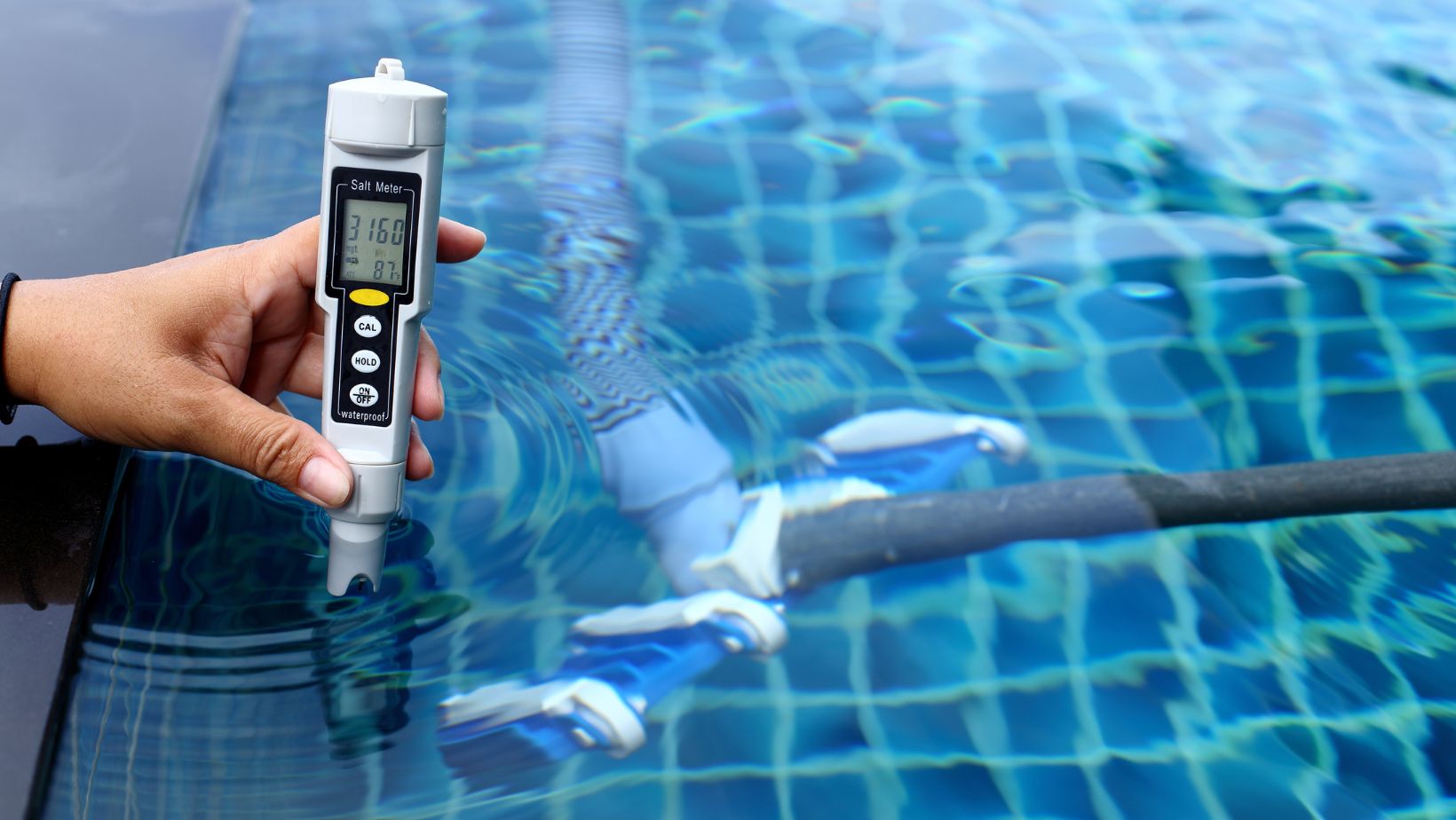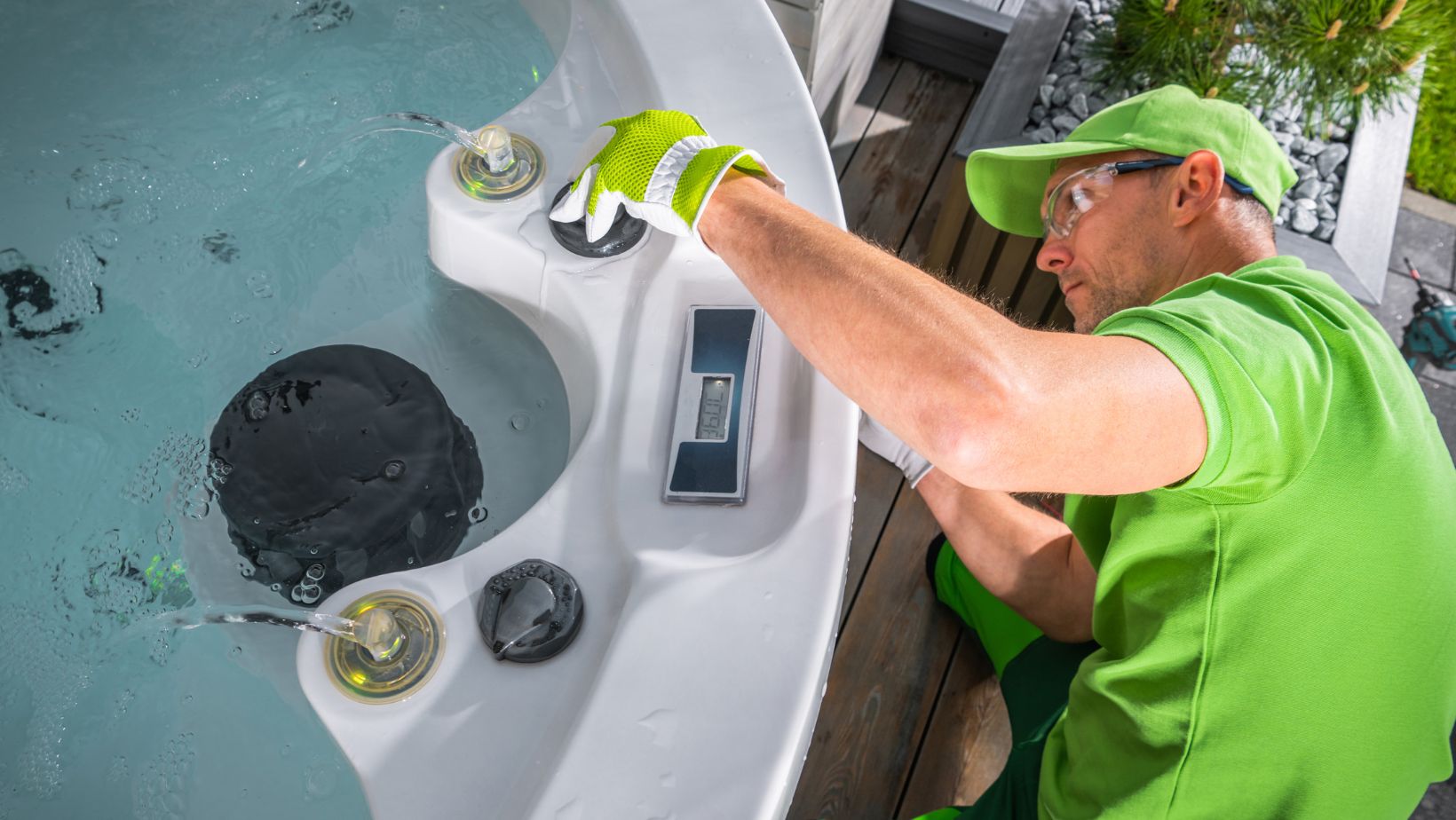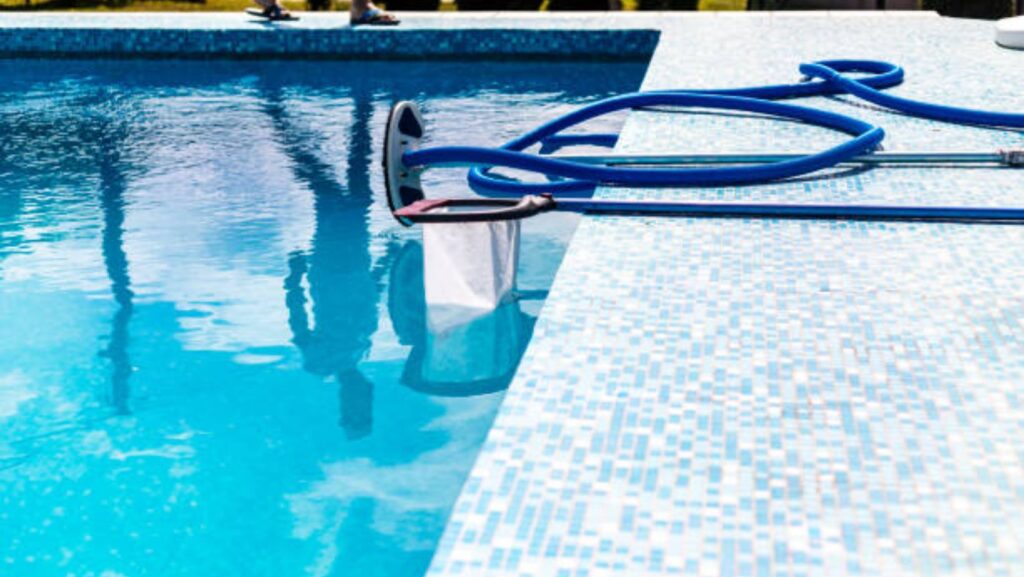Owning a spa is a luxurious indulgence that offers relaxation and therapeutic benefits, but maintaining it properly is essential for long-term enjoyment and cost efficiency. Effective spa maintenance doesn’t have to break the bank. With a few smart practices and preventative measures, homeowners can keep their spas in top condition without overspending. In this article, we’ll explore cost-effective spa maintenance tips that can help you manage your spa’s upkeep efficiently and economically.
Understanding Spa Maintenance
Proper spa maintenance is essential for ensuring the longevity and optimal performance of your spa. Key tasks include water treatment, cleaning, and equipment care, each playing a crucial role in keeping your spa in top condition. Regular water treatment is necessary to maintain clean and safe water, which involves testing and adjusting the pH, alkalinity, and sanitizer levels to prevent issues such as algae growth or bacterial contamination. Routine cleaning of the spa’s filters and surfaces helps to remove debris and prevent buildup that can affect water quality and equipment efficiency. Additionally, keeping the spa’s equipment, including the heater and pump, in good working order is vital for preventing malfunctions and avoiding costly repairs.
By adhering to a consistent maintenance schedule, you ensure that your spa remains hygienic, energy-efficient, and enjoyable to use. This proactive approach not only extends the lifespan of your spa but also reduces the likelihood of unexpected breakdowns, ultimately saving you money on repairs and replacements. Staying on top of these maintenance tasks allows you to fully enjoy your spa with minimal disruptions, enhancing both your relaxation and investment.
Regular Water Testing and Treatment
Testing Water Quality
Maintaining proper water chemistry is crucial for a healthy spa. Regularly testing the water helps you keep the pH, alkalinity, and sanitizer levels within the recommended ranges. Use a reliable test kit or strips to check these levels at least once a week.
Cost-Effective Tip: Invest in a high-quality test kit that can be used multiple times. This initial investment will save you money in the long run compared to purchasing test strips frequently. Additionally, consider buying water treatment chemicals in bulk to save on costs.
Adjusting Water Chemistry
Once you’ve tested the water, adjust the levels as needed. For pH and alkalinity imbalances, use the appropriate chemicals to bring the levels back to the ideal range. For sanitizer, ensure that you maintain proper levels of chlorine or bromine to keep the water clean.
Cost-Effective Tip: Purchase multi-purpose chemicals that can address multiple water balance issues. For example, some products combine pH adjustment with algae prevention, reducing the number of separate chemicals you need to buy.
Regular Cleaning and Maintenance
Cleaning the Spa Filters
The filters in your spa play a critical role in keeping the water clean by trapping debris and contaminants. Regular cleaning of the filters is essential for optimal performance. Rinse them with a hose every few weeks and use a filter cleaner every few months to remove oils and residues.
Cost-Effective Tip: Clean the filters yourself rather than hiring a professional service. Regularly cleaning the filters can extend their lifespan, saving you money on replacements.
Scrubbing the Spa Surfaces
Spa surfaces, including the shell and cover, can accumulate grime and biofilm over time. Use a non-abrasive cleaner and a soft cloth or sponge to gently scrub these surfaces. Avoid harsh chemicals that could damage the spa’s finish.

Cost-Effective Tip: Use household cleaning products like vinegar and baking soda for routine cleaning tasks. These are inexpensive and effective alternatives to commercial spa cleaners.
Maintaining Spa Equipment
Checking the Spa’s Heater and Pump
The heater and pump are crucial components of your spa. Regularly check for any signs of wear or malfunction. Ensure that the heater is heating efficiently and that the pump is circulating water properly.
Cost-Effective Tip: Perform routine checks and cleanings on your equipment. For instance, removing debris from the pump and checking for leaks can prevent costly repairs. Regular maintenance can also help you identify potential issues before they become major problems.
Inspecting the Spa Cover
A well-maintained cover is essential for energy efficiency and keeping debris out of the spa. Regularly inspect the cover for tears, cracks, or wear. Clean the cover with mild soap and water to prevent damage from chemicals or oils.
Cost-Effective Tip: Apply a UV protectant to your spa cover to extend its lifespan. This small investment can prevent the cover from deteriorating prematurely, saving you money on replacements.
Energy Efficiency Practices
Using a Spa Cover
Always use the spa cover when the spa is not in use. The cover helps retain heat, reducing the need for constant reheating and saving on energy costs. Ensure the cover fits properly and is in good condition.
Cost-Effective Tip: Invest in a well-insulated spa cover that provides better heat retention. A high-quality cover can reduce heating costs and protect your spa from debris and environmental damage.
Optimizing Temperature Settings
Avoid keeping your spa at a high temperature when not in use. Lowering the temperature when the spa is not in use can significantly reduce energy consumption.
Cost-Effective Tip: Use a programmable timer or thermostat to automatically adjust the temperature based on your usage schedule. This helps you avoid unnecessary heating and lowers your energy bills.
Preventative Maintenance Measures
Regular Inspections
Conduct regular inspections of your spa’s components, including the plumbing, electrical connections, and structural elements. Look for signs of wear, leaks, or other issues that may require attention.
Cost-Effective Tip: Document any issues you find during inspections and address them promptly. Small problems can escalate into larger, more expensive repairs if left unchecked.
Seasonal Maintenance
Perform seasonal maintenance tasks, such as winterizing your spa if you live in an area with freezing temperatures. Drain the water, clean the spa, and cover it to protect it from the elements.

Cost-Effective Tip: Follow manufacturer guidelines for seasonal maintenance. Proper winterization can prevent damage and costly repairs, extending the life of your spa.
Conclusion
Cost-effective spa maintenance is about smart practices and regular care. By testing and adjusting water chemistry, cleaning filters and surfaces, maintaining equipment, and implementing energy-efficient practices, you can keep your spa in top condition without overspending. Regular inspections and preventative measures further enhance the lifespan and performance of your spa, ensuring that you continue to enjoy its benefits for years to come. Investing a little time and effort into these maintenance tasks will pay off in the long run, saving you money on repairs and replacements while maximizing your spa’s enjoyment and efficiency.


More Stories
Transform Your Yard with Artificial Grass Landscaping
6 Practical Ways Healthy Habits Can Transform Your Home and Life
How to Pick the Ideal Outdoor Sauna Kit for Your Yard